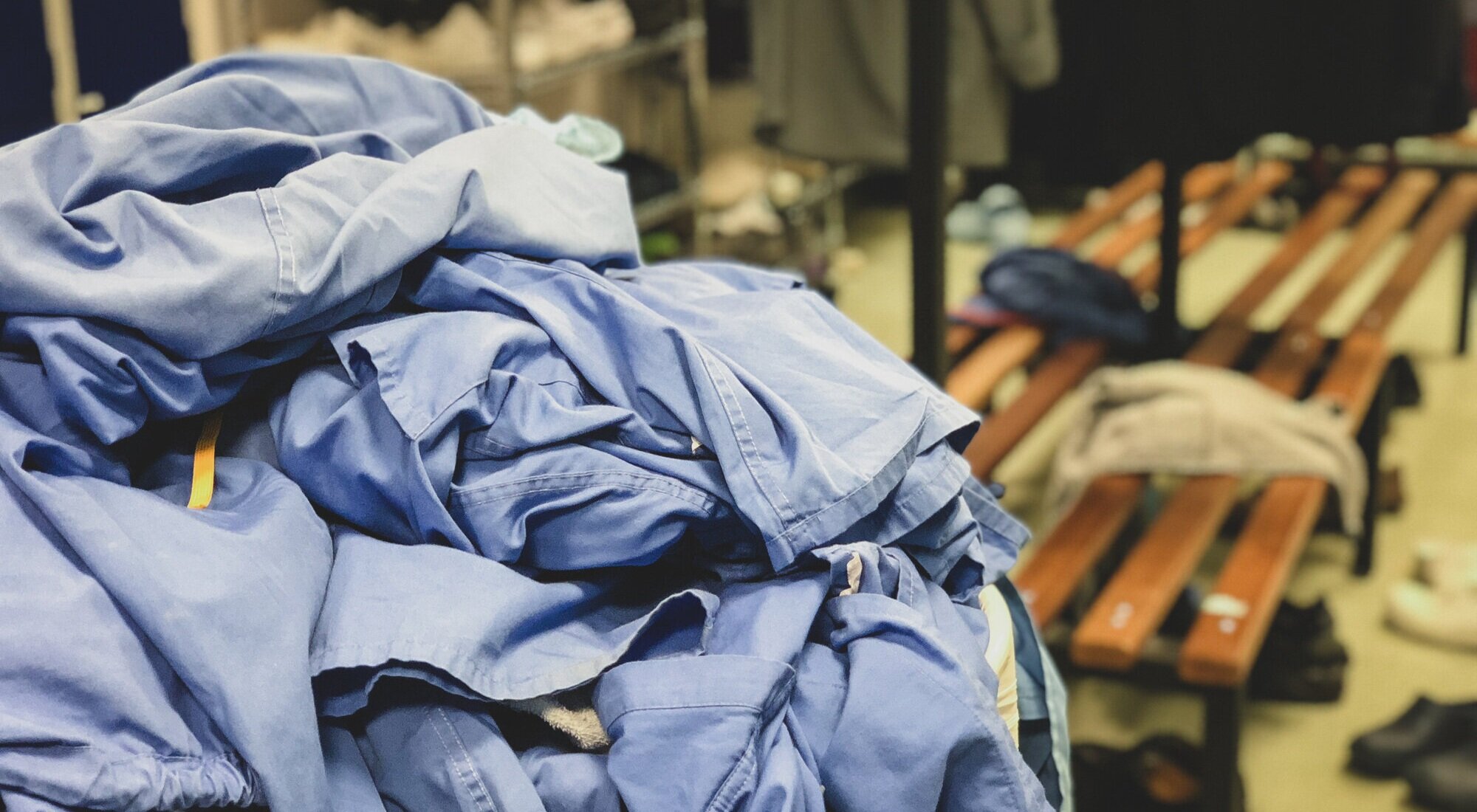The information in this post is now outdated. Please go to this post for the latest update from ICCS.
This update from Infection Control Consulting Services (ICCS) concerning the new coronavirus (i.e., COVID-19) focuses on the use of personal protective equipment (PPE), more specifically masks in the surgical setting.
ICCS has received several queries from ambulatory surgery center (ASC) clients regarding the use of surgical masks and possible shortages. In addition, we recently received a query morning from an ASC asking whether to attempt purchasing N95 respirator masks as the number of COVID-19 cases increase.
Before we dive into these issues, we want to emphasize the following: Screen, screen and screen your patients prior to them arriving at the surgery center and once they arrive. Every facility should be asking patients pertinent questions on the phone and when they arrive at the desk. Procedures should be postponed on patients with respiratory symptoms. Besides concerns about COVID-19, we're going through a new wave of influenza B infections that are far more dangerous at this juncture than COVID-19 as influenza is in every state.
What to Know About Masks in the Surgical Setting
N95 respirator masks are not indicated for use in the ASC setting to date as per CDC’s interim guidance. Typically, they are used mainly in the hospital setting for patients with tuberculosis (TB) and other airborne infections and are part of a respiratory program with specific requirements before use. Avoid purchasing them for the purpose of stockpiling because of concern that you may encounter a coronavirus patient as this will create unnecessary issues with supplies. However, if you run short on surgical masks and can only obtain N95, then they can be used in place of surgical masks in the context of covering the nose and mouth during sterile procedures.
In the event you are experiencing issues with supplies, use surgical masks judiciously. If you need to change practices temporarily, make sure your staff understand the need to amend policy until supplies are readily available. Here is a helpful infographic explaining the differences between a surgical mask and N95 respirator.
We encourage providers to review the areas we have highlighted in this document from the Centers for Disease Control and Prevention (CDC).
Here are some additional thoughts from the ICCS team, followed by a few resources worth reviewing
1. Media sensationalism creates fear, even among us healthcare professionals. While we need to remain alert at all times, the U.S. is taking extraordinary precautions to contain the virus, and so far, so good. Cases reported in the U.S. are from close contacts or patients having been in China themselves. Patients from the cruise ship in Japan were placed at a military base for at least two weeks after the last case is identified. They will not be allowed home and into the public until they are deemed no longer communicable. Several patients on the flight from Japan have been admitted to a hospital in Nebraska with special isolation units after testing positive.
2. CDC, together with state and local authorities, learned from SARS and particularly EBOLA, so we are remaining optimistic that we will effectively contain COVID-19. However, it's too soon to tell. At this point, no need to panic. COVID-19 may be around for a while.
3. Suppliers of masks in the U.S. are notifying customers that N95 respirator masks may be available. That is good news for acute care hospitals as it can help them plan for potential influx of patients down the line and for other N95 mask needs. American manufacturers are stepping up to provide what we have typically relied upon China to give us. This includes prompt manufacturing of surgical masks.
Resources:





